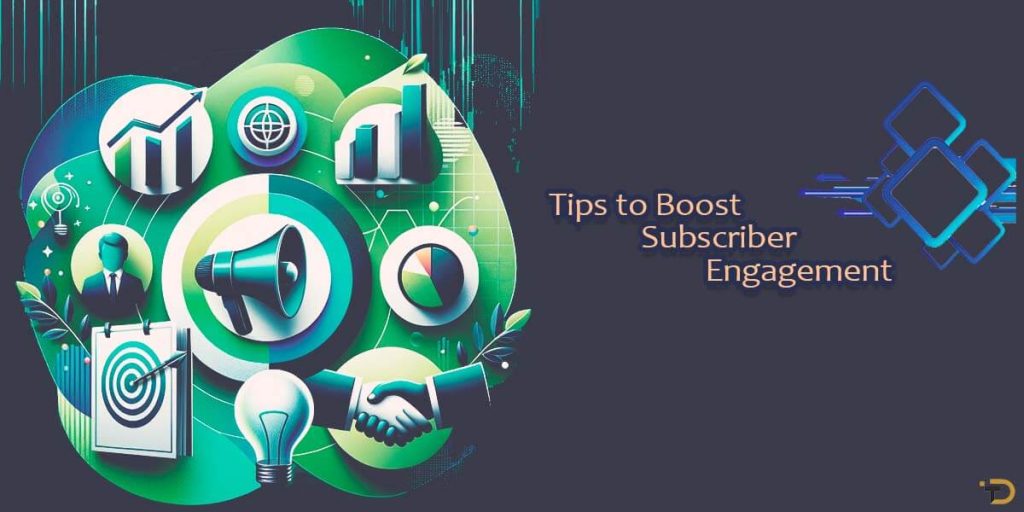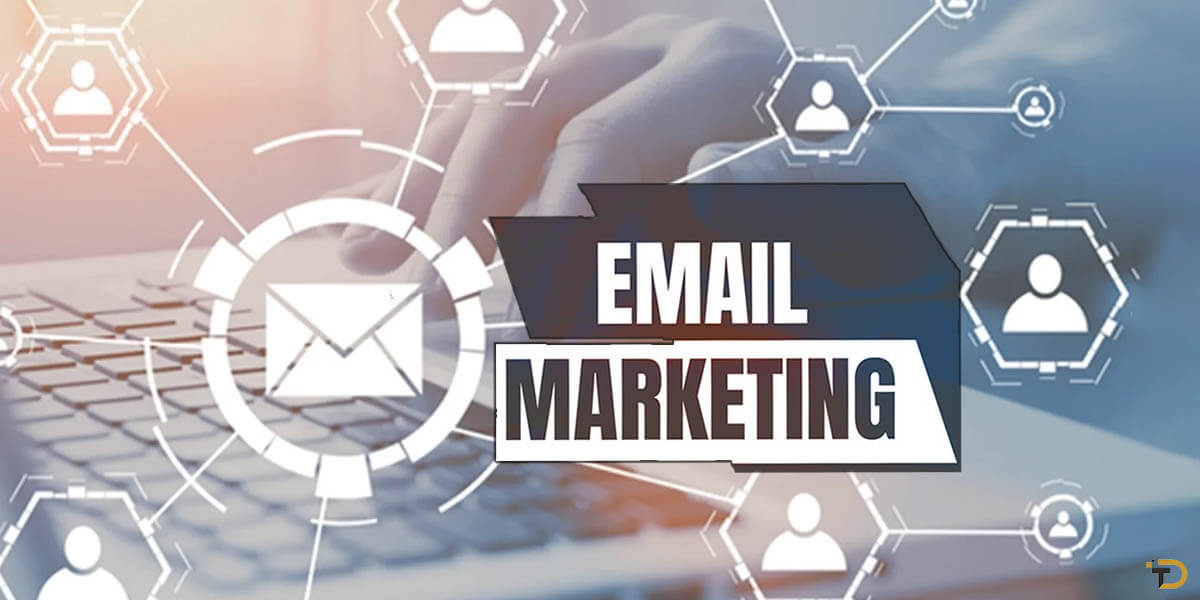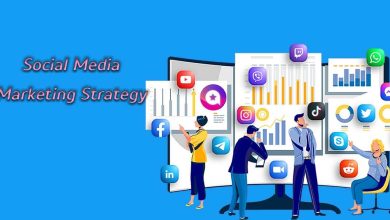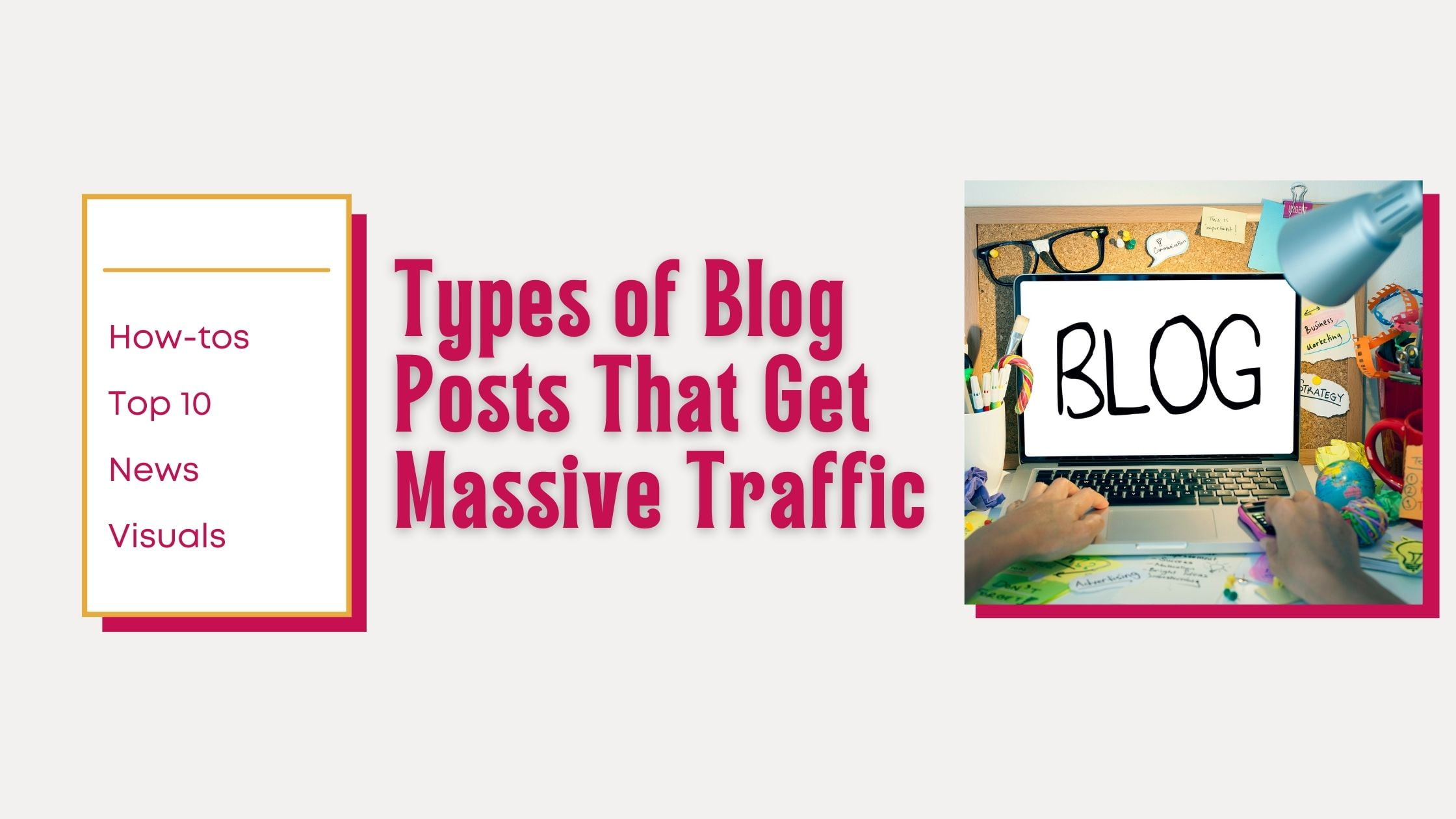Email Marketing Tips That Will Boost Subscriber Engagement
Building meaningful relationships with subscribers through effective email marketing is one of the most impactful ways for brands to grow their business in today’s digital landscape. While email remains a powerful tool, consistently engaging subscribers and getting them to take action requires thoughtful strategy and execution.
What is Email Marketing?
Email marketing promotes a brand or its products/services using electronic mail. It is one of the most cost-effective digital marketing channels for businesses of all sizes to build awareness, generate leads, and drive sales.
Email marketing involves:
- Developing an opt-in subscriber list.
- Crafting relevant messages for that audience.
- Deploying communications on a regular cadence.
The goal is to provide value to subscribers in exchange for their willingness to receive periodic branded messages. Email can significantly boost key performance metrics like customer lifetime value over time through meaningful ongoing engagement.
Why is Email Marketing Effective?
Some key reasons why email marketing remains a powerful strategy include:
High Deliverability – Email messages have a high chance of reaching the intended recipients directly in their inbox.
Targetability – Detailed profile and behavioural data enable highly targeted outreach to relevant prospects.
Measurability – Email platforms provide robust analytics for optimization, including metrics like open and click-through rates.
Frequency – Email allows regular, ongoing communications to provide continuous value to subscribers.
Cost Effectiveness – Email has an excellent ROI due to low costs per contact compared to other channels.
Personalization – Dynamic content and segmentation make tailoring each message uniquely possible.
Ubiquity – Virtually everyone uses email, making it an accessible channel for any business to engage customers.
Email can significantly boost critical metrics like customer lifetime value over time when appropriately executed with relevant content tailored for the intended audience.
Tips to Boost Subscriber Engagement

Craft Memorable Subject Lines
One of the most essential elements of any email is the subject line, as it serves as the first impression and “headline” seen by subscribers. Compelling subject lines that pique curiosity are more likely to get opened. Some best practices for crafting memorable subject lines include:
Keep them short – Under 50 characters perform best for most subject lines.
Use benefits and curiosity – Highlight what’s in it for the subscriber versus generic promotional language—phrases like “How to…” and questions tend to work well.
Test different variants – A/B split test subject lines to see what resonates most with your list. Even minor tweaks can impact open rates.
Focus on value – Subscribers want to know if the email will benefit them somehow. Quantify savings and share valuable tips/advice.
Be consistent – Develop a writing style and voice that suits your brand’s tone. Subscribers will come to expect a specific type of subject line from you.
Personalize strategically – Only personalize for segments you know well where it feels authentic. Don’t overuse personalization.
Well-crafted subject lines set the stage for high open rates and prime subscribers to engage further once they’ve clicked through. Testing lines regularly will help refine your approach.
Re-Engage Past Engagers
All email lists experience churn as subscribers become inactive over time. It’s essential to have processes to re-engage these dormant or past engagers. Some effective tactics include:
- Define dormancy as a non-open/non-click activity, such as 90 days.
- Target dormant subscribers with a re-engagement email focused on the value they’ll receive from reading.
- Offer an incentive like an exclusive deal to reactivate their engagement.
- Personalize the outreach based on the subscriber’s past engagement history for relevancy.
- Gradually increase the frequency of re-engagement emails for subscribers who remain inactive.
- Consider re-segmenting dormant subscribers for tailored messaging over time.
Test Email Content With Your Audience
It’s only possible to know how email content will perform once launched. Testing content with a portion of your list first allows you to refine elements that may not resonate before a full send. Some best practices include:
- A/B test subject lines and preheaders with a 20% sample of your list before full deployment.
- For landing pages or calls-to-action, deploy A/B/n split tests to optimize the highest converting version.
- Consider multivariate testing of dynamic content elements to find the best-performing combination.
- Track metrics like each test’s open rate, click-through rate, and conversions.
- Deploy the best-performing version to the remainder of your list after 24-48 hours of testing.
- Continuously test content types, calls-to-action, and offers with your list over time.
Testing content ensures you’re deploying your most effective emails and allows you to improve elements that underperform before a full send. It’s a low-risk way to optimize results.
Leverage Social Proof and UGC
Subscriber testimonials, reviews, and user-generated content can be highly persuasive social proof elements to include in emails. Some best practices include:
- Feature accurate customer quotes, stories, and reviews highlighting brand/product benefits.
- Ask for customer/user feedback and highlight the most relevant and compelling quotes.
- Incentivize the sharing of UGC by entering customers into a prize draw or offering a discount.
- Make sure to always ask for customer permission before publishing any UGC widely.
- Consider creating a customer advocacy program to gather ongoing social proof assets.
- Strategically place UGC throughout emails in proximity to product/service pitches for impact.
Seeing how others benefit from your brand in their words can significantly boost trust and social proof for hesitant subscribers.
Optimize Calls-to-Action
Optimizing these elements is critical to driving results and higher conversion rates. Best practices include:
- Limit maximum emails to 1-2 primary CTAs to not overwhelm or confuse subscribers.
- Use action verbs in CTA copy that clearly illustrate the desired next step, like “Download,” “Learn More,” and “Shop Now.”
- Draw attention to CTAs with formattings like bold text, larger font sizes, and high-contrast colours from surrounding copy.
- Consider deploying CTAs in multiple locations, such as the top, middle, and bottom of emails.
- A/B tests different CTA copy variations, such as adding urgency language or changing the desired action.
- Make CTAs clickable buttons or links rather than plain text for easier click-through on mobile.
Testing CTA placement, copy and formatting variations can significantly impact conversion rates. Continuous optimization is recommended.
Select the Right Email Marketing Platform
To execute best-in-class email marketing, the right technology is imperative. Leading options to consider include:
Mailchimp – Good for small to mid-sized lists, robust templates, and an easy-to-use interface.
Constant Contact – Full suite of tools beyond email, including landing pages, surveys and more.
Campaign Monitor – Slick design capabilities, advanced segmentation and personalization.
GetResponse – Robust automation features, integrations and A/B split testing options.
AWeber – Straightforward, suitable for introductory email sends and list building.
ActiveCampaign – Powerful platform for more advanced users, CRM, marketing and sales integrations.
Evaluate critical criteria like list size, required features, ease of use, and pricing to determine the best-fit platform for your email marketing needs. Partnering with the right technology provider is integral to success.
Read More: Social Media Marketing Strategy For Business Growth
Track and Optimize Your Email Program
Tracking key metrics and optimizing based on results is essential to continuously refining your email strategy. Key metrics to monitor include:
- Open rates – Percentage of total emails sent that are opened by subscribers.
- Click-through rates – Percentage of total emails opened that contain a link click.
- Conversions – Rates for desired actions like signups and purchases from emails.
- Engagement – Time spent engaging per email, number of opens/clicks over time.
- Unsubscribes – Rates that can indicate poor relevancy requiring adjustments.
- Spam complaints – Issues that require content, list, or platform optimizations.
Use analytics to A/B test different subject lines, calls-to-action, and content elements. Monitor results and refine top-performing elements over time based on your goals. Regular testing and optimization will keep your emails fresh and engaging for subscribers.
In conclusion,
Following best practices around subject lines, segmentation, content personalization, onboarding processes, and continuous optimization will empower brands to develop meaningful relationships with subscribers through impactful email marketing. Regular testing and refinement will keep communications relevant and engaging over the long term.





